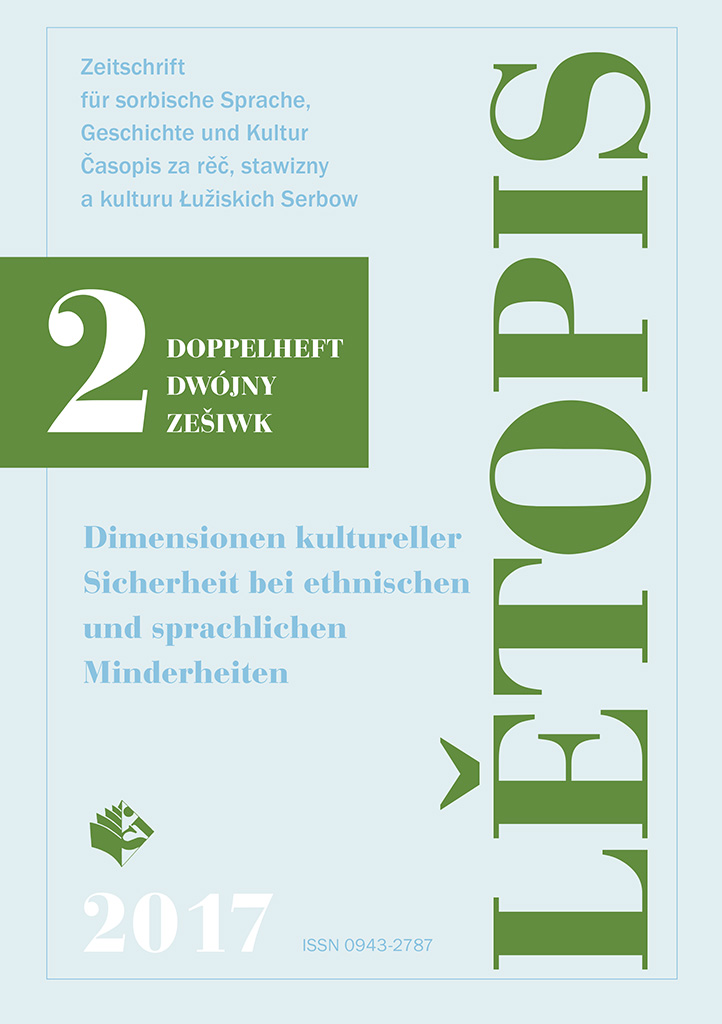Die Bedeutung kultureller Institutionen für die Deutschen in Rumänien
The Significance of Cultural Institutions for the Romanian Germans
Author(s): Anton SterblingSubject(s): Social Sciences, Conference Report
Published by: Domowina-Verlag GmbH / Ludowe nakładnistwo Domowina
Keywords: Kultur; Institution; Deutsche; Rumänien; culture; institutions; Romanian Germans
Summary/Abstract: This contribution explains the significance which cultural institutions, in particular the mother-tongue school system, but also other cultural institutions such as newspapers, theatre, publishing houses etc., had for Romanian Germans after the Second World War, and still have today. In this respect, the development of two aspects is highlighted. First- ly, the political parameters and policy towards minorities, which went from the imme- diate post-war period and the Stalinist era through the so-called „cultural thaw“ of the 1960s to the dark years of the nationalist Communist dictatorship of Ceauşescu, and which then created more favourable conditions within a European context for the devel- opment of minority cultures in Romania after the move to democracy. The second aspect relates however to the emigration of Germans from Romania, which carried on growing from the end of the 1960s with the hostile policies of Ceauşescu towards mi- norities. The main focus of my observations is on the cultural constellation at the end of the 1960s and the beginning of the 1970s, in which Romanian German culture and art achieved a breakthrough and a highpoint, but in which both lines of development coin- cided in a particular, momentous fashion.
- Issue Year: 2017
- Issue No: 2
- Page Range: 135-143
- Page Count: 9
- Language: German
- Content File-PDF

